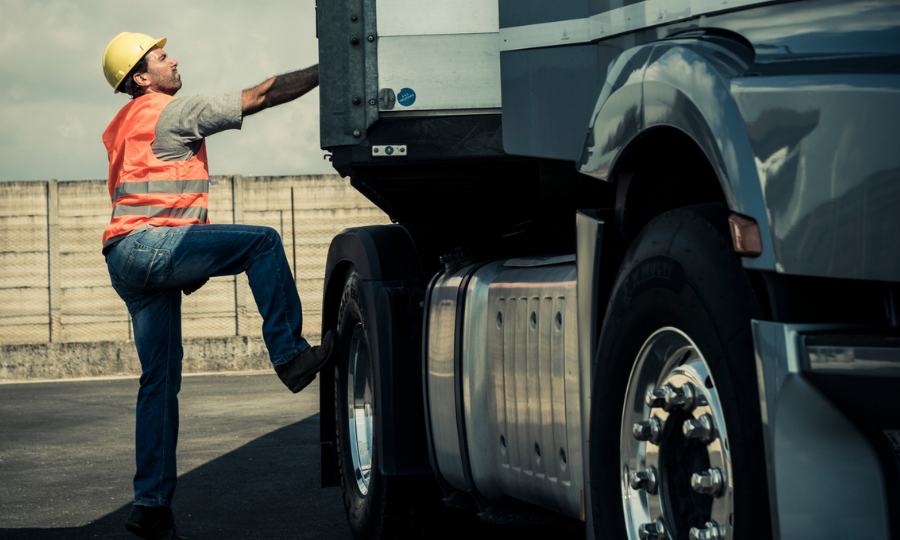
15 September 2023
Three South Australian deaths in the past three years where workers have been struck by a roll-away vehicle have prompted a warning from SafeWork SA.
There have also been seven serious injuries and five reports of property damage caused by vehicle roll-aways since 2020.
A roll-away incident involves the unintentional movement of a vehicle because it has not been properly immobilised.
Roll-aways can occur with any type of mobile plant including cars, forklifts, trucks, tractors, trailers, passenger vehicles and heavy machinery. Roll-aways can occur on worksites, car parks, maintenance yards or when a vehicle is parked on the side of the road.
This can include when the vehicle brakes are not adequately applied or engaged, when doing repairs on the vehicle, during loading and unloading, or when coupling or uncoupling a truck and trailer.
Vehicles, that have not been safely immobilised roll-away, create a risk to people who could be hit, crushed, trapped or run over, leading to serious injuries or fatalities. Injuries can also occur when a person tries to enter or exit a vehicle that has begun to roll-away.
Since the introduction of Work Health and Safety legislation in 2013, SafeWork SA has been notified of a total of five deaths, 18 serious injuries and nine incidents of property damage related to vehicle roll-aways. In most incidents the predominant cause is that the handbrake has not been engaged.
Safe Work Australia has this month released a new fact sheet to provide guidance for businesses, employers and workers about managing the risks of vehicle roll-aways at the workplace.
Businesses have a duty under WHS laws to eliminate or minimise risks so far as is reasonably practicable.
The new fact sheet provides practical tips to reduce the risk of vehicle roll-away such as seeking out flat ground when parking, fail-safe automatic braking systems or the use of chocks.
SafeWork SA Executive Director Glenn Farrell said the vehicle roll-away incidents in South Australia were almost always preventable.
‘Eliminating the risk of a vehicle roll-away should be the number one consideration for all businesses and drivers. If this is not possible, businesses should follow the hierarchy of control measures starting with the highest level of protection to minimise risk,’ he said.
‘This new vehicle roll-away fact sheet will help businesses with a number of engineering and other control measures to increase safety and reduce risk.’
Further links


